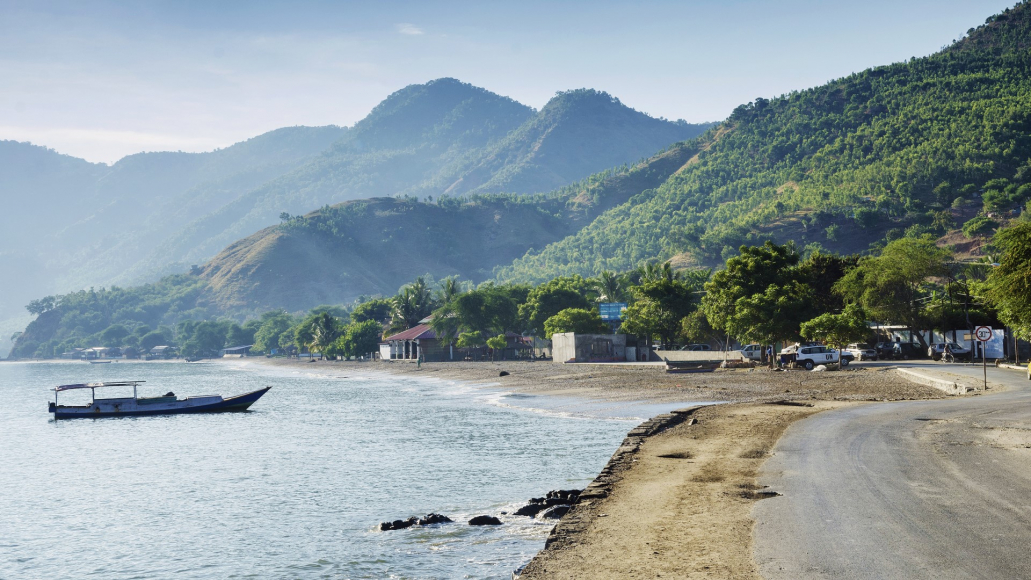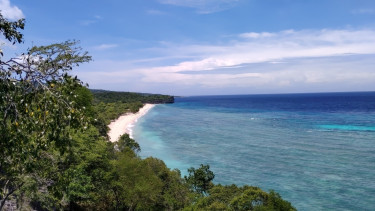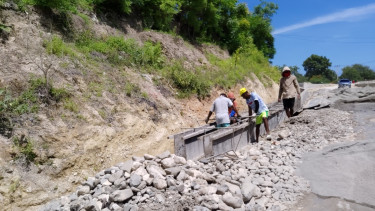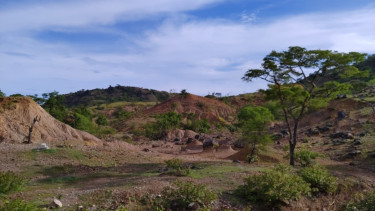

Protection of a vulnerable coastal region
Questions? Let's get in touch.
A climate-resilient Timor-Leste
East Timor, also known as Timor-Leste, is only half the size of Belgium. The increased risk of cyclones, earthquakes and heavy rainfall make its socio-economic and ecological systems incredibly vulnerable. Limited and inadequate infrastructure and social services make this problem even more urgent. This creates major challenges for the relatively young country to overcome. In doing so, Timor-Leste has been receiving support from the United Nations Development Programme (UNDP) since 2019 through a 6-year project funded by the Green Climate Fund (GCF). As part of this project, Antea Group is providing support by preparing a model that maps climate hazards and risks in Timor-Leste. This is how we contribute to the resilience of this coastal region.



The NAPA identified risk reduction as key areas and so it is great to see the project take flight.
Munkhtuya Altangerel
UNDP Resident Representative
